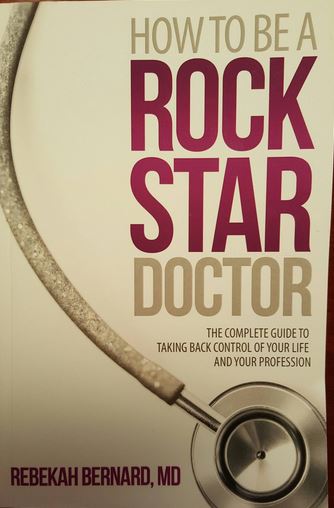November 5th, 2010 by Toni Brayer, M.D. in Better Health Network, Health Tips, News, Research
No Comments »

People are always on the search for “natural” ways to stay healthy and reduce cholesterol. Chinese red yeast rice supplements have been touted as a natural, safer way to lower cholesterol compared to statin medications. The yeast that grows on a particular type of rice contains a family of substances called monocolins, which lower cholesterol by inhibiting cholesterol production in the liver in the same manner as prescription statin drugs. Some studies have shown as much as a 15 percent drop in cholesterol.
All of this sounds good until you dig a little deeper. Supplements are not regulated by the Food and Drug Administration (FDA), and a new study in the Archives of Internal Medicine showed that different brands of red yeast rice supplements have dramatic variation in levels of active ingredients. Furthermore, some contained toxic manufacturing by-products. Read more »
*This blog post was originally published at EverythingHealth*
August 24th, 2010 by Jeffrey Benabio, M.D. in Better Health Network, Health Tips
No Comments »


“All natural. Certified organic. Made from natural ingredients. Pure botanicals. Chemical free.”
You might guess I’m standing in the farmers market. Nope. I’m in the “Health and Beauty” aisle at Target. The ubiquitous all-things-natural trend has overtaken the cosmetic industry. How do you know what’s real and what’s marketing hype? Here are five things you should know about organic beauty product labels:
1. Labels that say “natural ingredients” or “botanicals” are not certified organic. These statements are not regulated. Most natural ingredients used in beauty products are actually modified in a lab. Truly botanical ingredients, like you’d pick in your garden, are usually unstable and would spoil like food.
2. Natural doesn’t always mean better. Would you buy: Poison Ivy Eye-Cream? Stinging Nettles Anti-Itch Gel? The most toxic and allergy-inducing ingredients are naturally occurring substances, not manufactured ones. Read more »
*This blog post was originally published at The Dermatology Blog*













